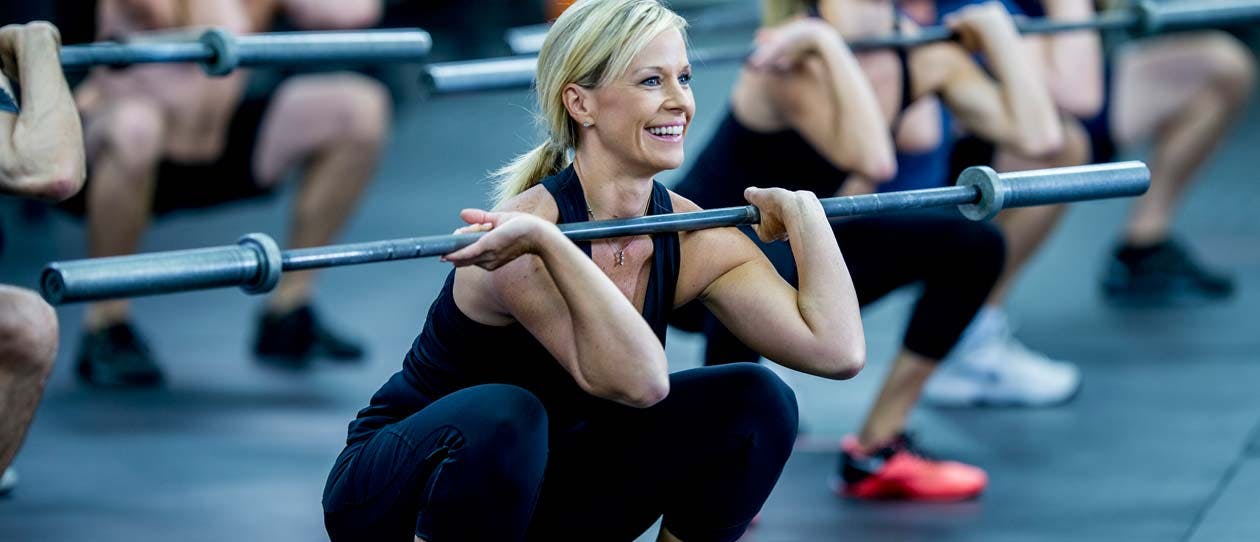The connection between exercise and longevity
Physical inactivity is associated with many chronic diseases and a shorter life span. There is also mounting evidence to suggest that high levels of time spent being sedentary (or sitting) has a number of negative consequences to your health.
Modern living has evolved to the point where a large portion of society hold desk jobs where they
sit for 6 or more hours on most days.
On the other hand, movement and exercise have not only the potential to prevent illness, but also promote vibrant health and wellness.
Physical activity helps the body function more efficiently, tuning up and strengthening parts of your body that may be susceptible to decline and disease, such as the muscles, blood vessels and bones.
We also need to look at research to better understand the most effective forms of exercise to help achieve these positive outcomes.
What the science says about exercise and longevity
A
study published in the
British Medical Journal attempted to take the guess work out of measuring the life extending benefits of exercise.
The researchers reviewed a number of studies, but excluded research that involved self reporting of exercise, where it’s thought people tend to over-estimate their physical activity, and underestimate their sedentary activity.
To eliminate bias, they instead relied on studies that used technology (ie, accelerometry) to explore the associations between physical activity or sedentary time and mortality.
What they found was that higher levels of physical activity at any intensity, and less time spent being sedentary, can significantly increase your chances of living a longer life. It seems that any activity, no matter how modest, can increase your longevity.


